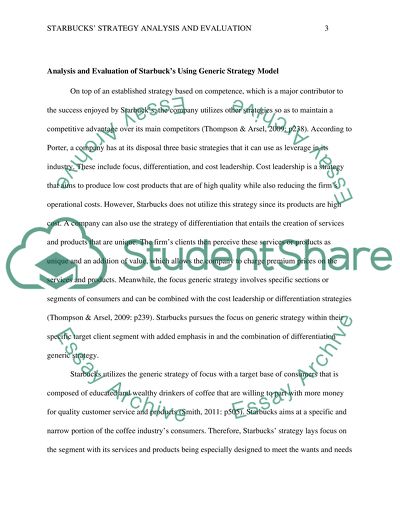Cite this document
(“STRATEGY ANALYSIS AND EVALUATION Essay Example | Topics and Well Written Essays - 2250 words”, n.d.)
Retrieved from https://studentshare.org/marketing/1470110-strategy-analysis-and-evaluation
Retrieved from https://studentshare.org/marketing/1470110-strategy-analysis-and-evaluation
(STRATEGY ANALYSIS AND EVALUATION Essay Example | Topics and Well Written Essays - 2250 Words)
https://studentshare.org/marketing/1470110-strategy-analysis-and-evaluation.
https://studentshare.org/marketing/1470110-strategy-analysis-and-evaluation.
“STRATEGY ANALYSIS AND EVALUATION Essay Example | Topics and Well Written Essays - 2250 Words”, n.d. https://studentshare.org/marketing/1470110-strategy-analysis-and-evaluation.


